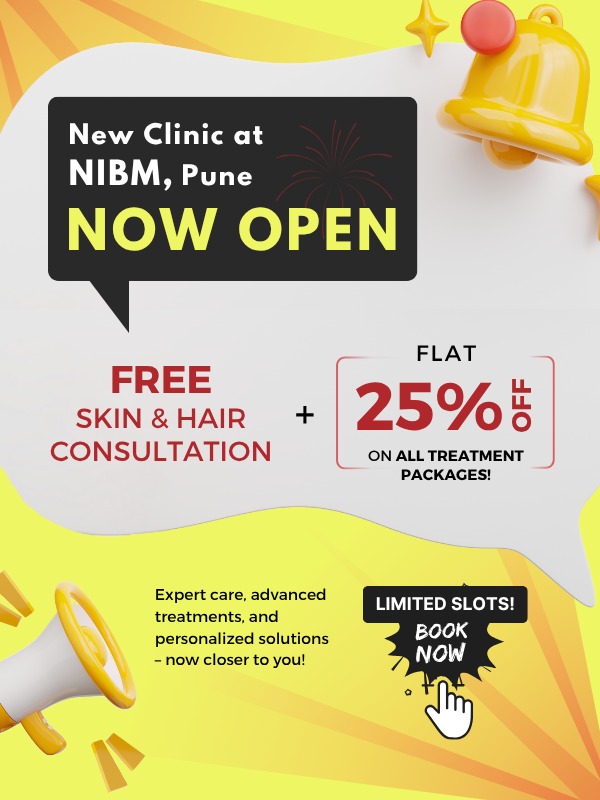Acne Scars Treatment in Pune
Your journey to smoother, Acne Scar free skin starts here.
What Are Acne Scars?
Acne scars refer to the spots and marks on the skin resulting from severe pimples or acne outbreaks. There are various looks and levels of severity for scars. Some of the most common type of acne scars are rolling, ice pick and boxcar scars, which are referred to according to their shapes. Rolling are shallow like waves wWhereas ice-pick scars are so deep and narrow, boxcar scars are wider with defined edges.
The treatment options for acne scars vary from simple over-the-counter creams such as retinol-based products, glycolic acid or salicylic acids, among others, through prescription creams, including hydroquinone cream or cortisone cream, up to surgical procedures such as dermabrasion or laser therapy. Such acne scar treatment plans enhance the uniformity of skin texture, thereby reducing their appearance. Hence, one must see Dermatologist & Acne Scar Specialist to determine one’s skin type and recommend the best acne scar treatment procedure based on skin type and the degree of skin scarring.
| Downtime | Avg Cost Of Treatment | No. Of Sessions Required | Success Rate | No. Of Patients Treated |
|---|---|---|---|---|
| Max 10 Days | Depends On Treatment | 4-6 Sessions | 70% | 55,000+ |
Many Treatments. One Goal.
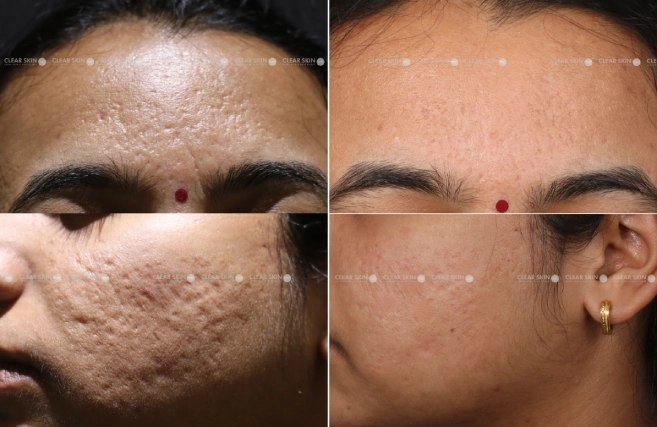
A Female acne patient has struggled with persistent breakouts and scarring.
Conditions
Acne Scar
Treatment
Medications, Chemical Peel, Laser Therapy, PRP, Microneedling
Duration
6 months, 6 sessions (settings)
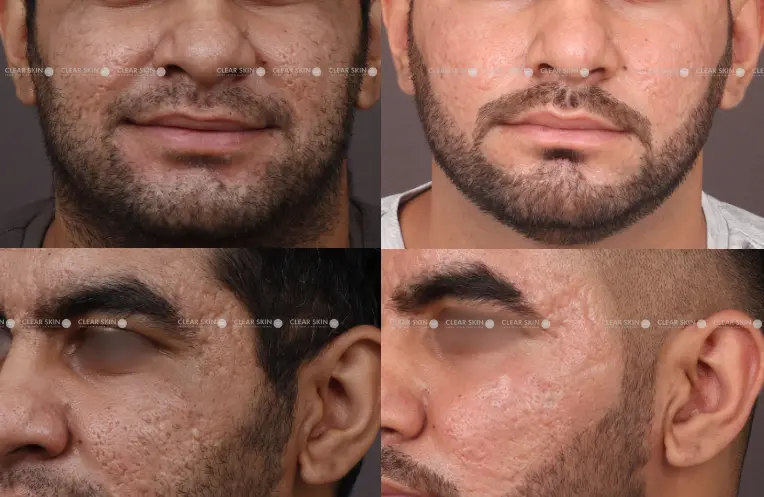
A man has endured persistent breakouts and acne scarring. These ongoing skin issues have caused significant frustration and low self-esteem.
Conditions
Acne Scar
Treatment
Medications, Chemical Peel, Laser Therapy, PRP, Microneedling
Duration
4 months, 3 sessions (settings)
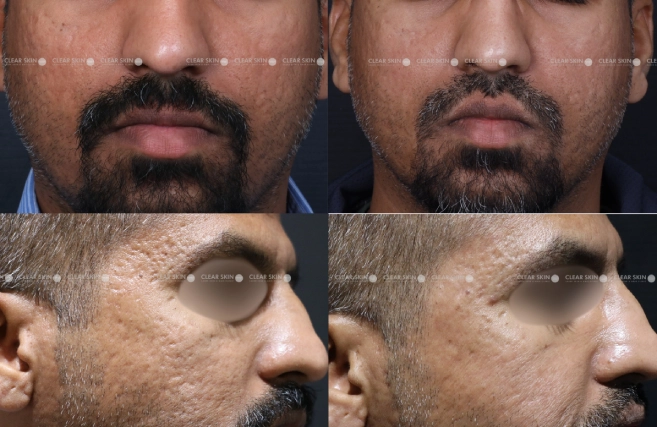
A male patient has continuously dealt with acne scarring.
Conditions
Acne Scar
Treatment
Medications, Chemical Peel, Laser Therapy, PRP
Duration
5 months, 5 sessions (settings)
With Our Proprietary Treatment Approach, We Have Treated 55000+ Patients Successfully.
Be one of them!
Many Treatments. One Goal.
Yes, It Is Possible To Get Acne Scar Free Skin.
55,000+ Successfully Treated Acne Scar Patients Over 34+ years
(You are one click away from flawless skin)
All You Need To Know About Acne Scars
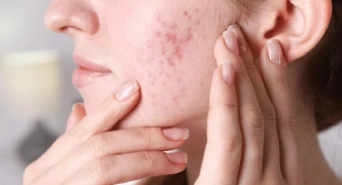
Inflammation
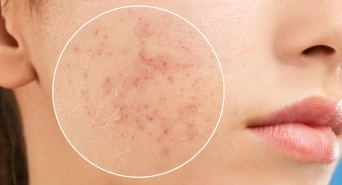
Delay in Treatment
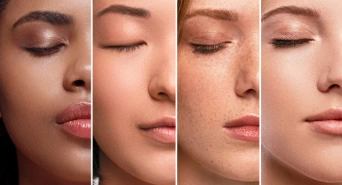
Skin Types
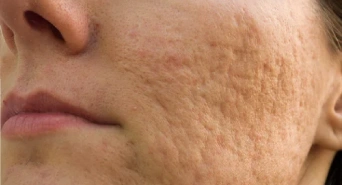
Depressed Scars
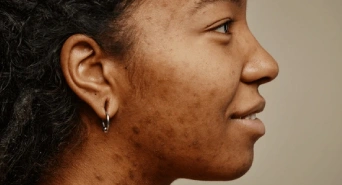
Raised Scars
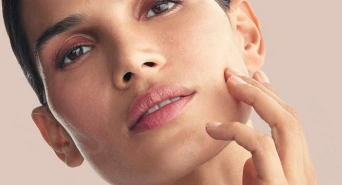
Discolouration
The process entails using small needles to form micro injuries which while healing cause new collagen to form thus helping the scars to heals. This process can work well with atrophic or hypertrophic scars. This Chemical Peels treatment involves applying a chemical solution on the skin that makes the upper dead skin layer to peel off. As a result, new skin grows, improving texture and tone and eventually reducing the appearance of acne scars.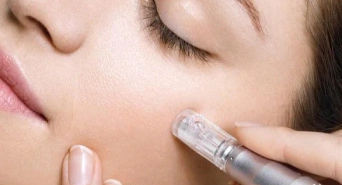
Microneedling
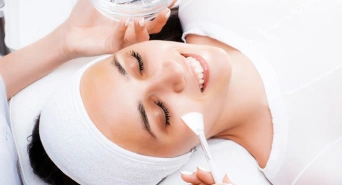
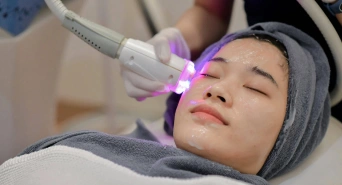
Laser Therapy
The fractional CO2 laser acne scar treatment procedure or Laser Skin Surfacing is mainly used for managing pimple impressions because it stimulates collagen production by creating tiny injuries on skin using a laser, which while healing form new collagen helping to remodel the scars. Thus, it is ideal for reducing the depth of depressed pimple scars. Microneedling RF combines microneedling with radiofrequency energy for acne scar removal. This procedure releases RF energy directly into the deep dermis through minimal channels. This stimulates collagen formation and skin regeneration, resulting in acne scar reduction.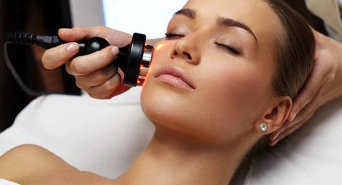
Laser Skin Resurfacing
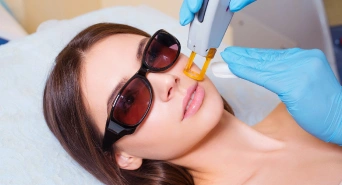
Vascular Laser Therapy
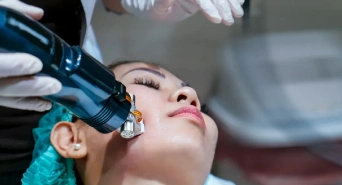
Fractional Microneedle Radiofrequency (RF) Treatment
If you have suffered from severe nodulocystic acne resulting in deep scars left behind during the healing process, then management by qualified dermatologists would be necessary since they shall help select the most suitable remedies for reducing their visibility. Acne scars can make you feel ugly affecting your confidence. A dermatologist can make scars less visible, thus restoring your self-esteem.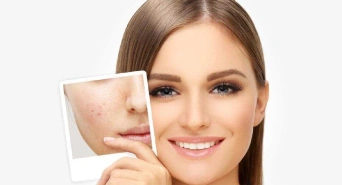
Stubborn Acne Scars
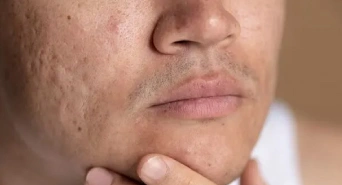
Extensive Acne Scars
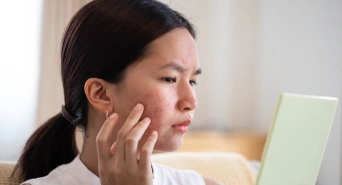
Emotional Impact
Many Treatments. One Goal.
Our Patients Living Confidently Everyday.
Thanks to Clearskin, my confidence skyrocketed after their effective acne scar treatment. My skin cleared up beautifully, and the supportive staff made the journey even better. Highly recommend for a transformative experience!
Clear Skin clinic is rated excellent on google & practo
(4.9 out of 5 based on 8289 google & 8000+ practo reviews )
Many Treatments. One Goal.
Clear Skin. We Care.
One of the most famous centres for Acne Scar Treatment in Pune is Clear Skin Clinic. It is popular for treating acne scars due to its specialised skills. Its treatments are effective and tailored to clients’ individual needs, setting it apart from other clinics. Visit Clear Skin Clinic Pune to prevent acne scars and improve your overall skin health. Our Clinic has become the best choice due to its record of producing visible changes and making clients happy.
There is a reason why Clear Skin Clinic is famous. This is because they have a highly experienced team of dermatologists with a success rate that ensures every patient gets proper treatment within the Pune District. Clear Skin Pune doctors cater to all pimple and pimple-related problems, and are known for their experience. our Skin Clinic is one of the best professionals specialising in pimples and post-acne treatment in Pune.
We
Highly experienced, board-certified, and the best dermatologist in Pune for acne scar leads the team, supported by well-trained medical staff.
Dermatology services in Pune using effective and state-of-the-art technologies and equipment.
Provides personalised acne scar treatment plans and guidance to each patient following a thorough assessment and profiling of their condition.
Others
Expertise levels can vary among practitioners.
Availability of the latest technology may not be consistent across all clinics.
Treatment approaches may vary widely for different conditions.
Service offerings and patient-centric approaches can vary.
Not constantly updated with the latest advancements.
Responsiveness of the Patient Care Team may vary.
We Are Committed Not Only To Treating You,
But Also Educating You.
One Of The
Largest Youtube
Channel
On Skin Care
Follow us to learn the best & authentic know-hows of skin treatments from veteran dermatologist in Maharashtra
Be The Part Of 1,175,644+ Family
Visit Our Channel
Acne Scar: Causes & Treatments | Clear Skin, Pune
How To Get Rid Of Acne Scars? | Clear Skin, Pune
Types of Acne Scars And Treatment | Clear Skin, Pune
Patient Guides
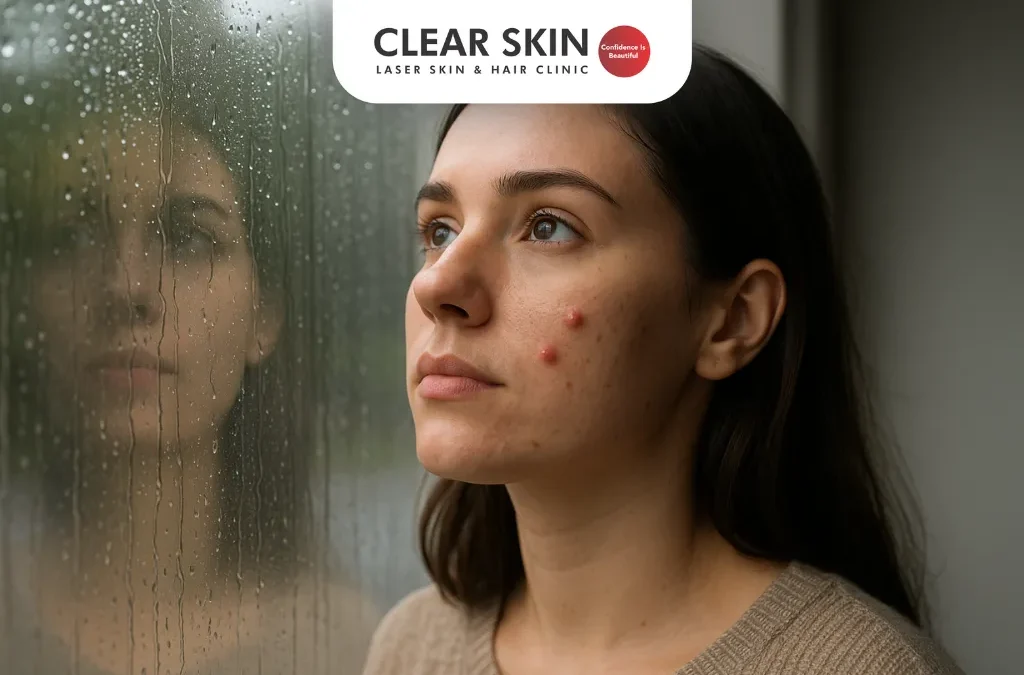
How to Avoid Acne in Monsoons?
Avoid acne in monsoons with a gentle skincare routine, diet tips, and hydration. Get expert advice to manage breakouts and keep your skin clear and healthy.
Does Makeup Cause Acne-Prone Skin?
Worried about breakouts from using makeup? Does makeup cause acne for you? Learn the safe ways to apply makeup for acne-prone skin.
Morning Skin Care Routine for Glowing Skin
Clear Skin Clinic, led by top dermatologists, shares the ideal morning skincare routine to help you achieve a radiant complexion naturally and effectively.
Monsoon Skin Care Tips for Radiant, Healthy Skin
Clear Skin Clinic, led by top dermatologists, shares the ideal morning skincare routine to help you achieve a radiant complexion naturally and effectively.
How To Take Care Of Oily Skin in Monsoon?
Oily skin care in monsoon focuses on gentle cleansing, hydration, and protection to reduce breakouts, greasiness, and help maintain skin balance daily.
Is Laser Hair Removal a Permanent Solution?
Can Laser Treatment Remove Hair Permanently?
Skin Care Tips – Monsoon Skincare Routine to Follow
Protect your skin this monsoon with a dermatologist-approved monsoon skincare routine. Simple steps for hydrated, glowing skin.
We Are Here To Answer Every Possible Doubt You Have On Acne Scar.
If you don’t find answer to your query, then please write down to is. We are always there to help you.
Is laser treatment of skin helpful?
If you are opting for non-invasive treatment, choose laser treatment that will not only relieve your skin of unwanted blotches, scars, or wrinkles and leave your skin looking refreshingly new with a healthy glow. There are no side-effects of laser therapy making it the most preferred treatment.
How many laser treatments do you need to get completely rid of your acne and scars?
The answer depends on the genesis of your scars and how deep your scars are. Those resorting to skin treatment procedures including laser therapy to get rid of acnes must start this treatment early before the acne problem worsens and results in skin breakouts. Those undergoing red and blue light therapies need to go through four to eight treatment sessions for acne sufferers to get optimal results.
How to get rid of acne scars on cheeks and nose?
Acne scars nowadays can be treated very effectively with most advanced, gold standard laser treatments such as Fractional co2 laser, Conventional co2 treatments mainly for elevated scars on your nose & chin, Q switched 1064 Nd Yag laser for pigmented macular scars , Microneedle Rf ,PRP, Erbium glass therapy, scar subcision, excision, Punch floatation chemical peels etc. The choice of treatment depends upon the type of acne scars. These treatments all together help to re-modulate the deeper collagen & helps in neocollagenesis. These treatments help to lay down elastin tissue, collagen to improve & reduce the depth of the scars. Pigmented lasers like Q switched 1064 Nd-Yag laser helps to reduce red, erythematous macular scars which are the early precursors of scars. Holistic treatment management to control active acne along with the scar treatment will help to give better outcome after the treatment along with good improvement in skin texture, tone & contour.
Is Dermaroller effective for acne scars?
Dermaroller is a very good treatment for acne scars which is widely being used. Dermaroller is available in different sizes as per the length of its needle. It can of 0.5mm, 1 mm, 1.5mm & 2.5mm. The size of the Dermaroller is selected depending upon the depth of the scar which is being treated. 0.5mm derma roller is usually used at home, but it may not give expectable outcome if a depth of the scar is more. Indeed, scars should be treated with most advanced, FDA approved Laser treatments depending upon the type of scar. Different types of scar include ice pick scars, box scars, Rolling scars, Atrophic scars, hypertrophic scars, Pigmented scar. One patient can have few rolling scars, few ice pick scars, few box scars at the same time on the face, along with this they may have hypertrophic scars on the nose & chin area also. In order to treat these types more efficiently, multiple treatment modalities can be combined in the same session to give better results than single treatment modality.
Does vitamin C help acne scars?
Vitamin C is helpful in stimulating collagen production. Collagen promotes cell growth and is responsible for healing of your skin. It is also a great antioxidant that neutralizes free radicals that may hamper your skin health. Hence, vitamin C supplementation in combination with dermatologist prescribed treatment can help resolve your acne scar condition faster.

